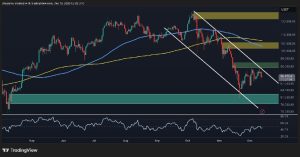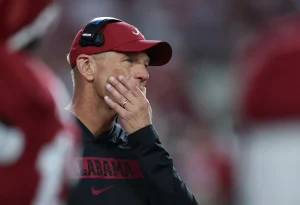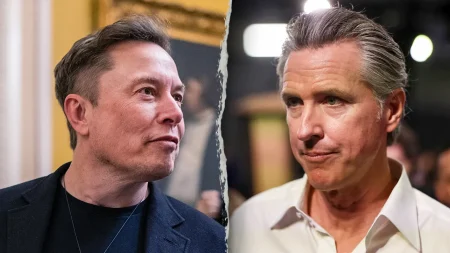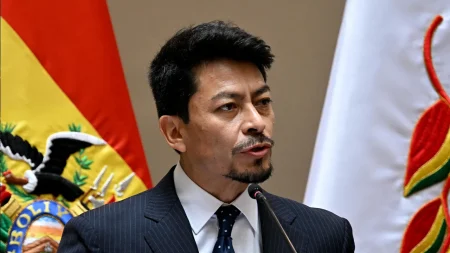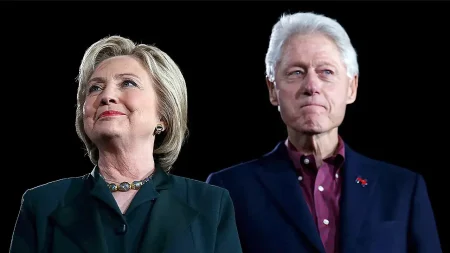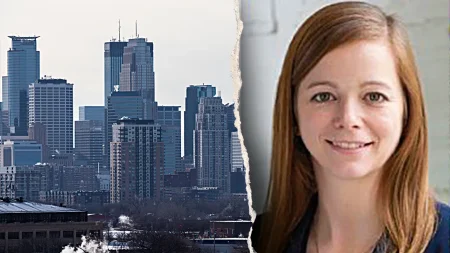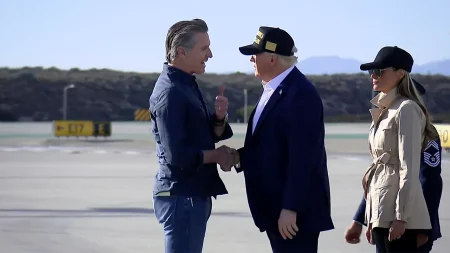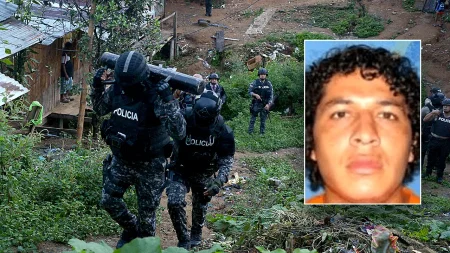The Ryan Routh Trial: Inside the Courtroom Drama of an Alleged Presidential Assassination Attempt
In a high-stakes federal trial that has captured national attention, Ryan Routh faces serious charges of attempting to assassinate former President Donald Trump at his Florida golf course in September 2024. The proceedings, unfolding in a courtroom presided over by Trump-appointed Judge Aileen Cannon, provide a window into both the prosecution’s methodical case-building and the unique challenges presented by Routh’s decision to represent himself.
Monday’s testimony centered on forensic evidence, with FBI Firearms and Toolmarks Examiner Erich Smith taking the stand to discuss the weapon allegedly used in the assassination attempt. Smith identified the rifle found near the sixth hole of Trump International Golf Club as a Chinese-manufactured Norinco SKS. His testimony painted a chilling picture of preparedness—the weapon was “in working condition,” had been successfully test-fired at FBI laboratories, and was discovered with a round in the chamber and the safety disengaged, ready to fire at a moment’s notice. Smith also noted the rifle’s serial number had been deliberately “obliterated in several places,” though experts managed to partially restore it. When discussing the 7.62×39mm full metal jacket ammunition loaded in the rifle, Smith’s testimony was stark in its simplicity: “Bullets are designed to put holes in things. It would have put a hole in something if it had hit the target.”
The unusual dynamic of Routh serving as his own attorney created several memorable moments during cross-examination. He questioned Smith about whether all SKS rifles function as semi-automatics, if the test-firings had been recorded on video, and whether the weapon might have changed ownership at a gun show before coming into his possession. At one point, Routh challenged Smith’s credibility directly, asking, “So, we’re just supposed to take your word for it?”—to which Smith firmly responded, “That’s what happened.” Throughout these exchanges, Judge Cannon maintained tight control of the proceedings, sustaining prosecution objections when Routh’s questioning wandered beyond the scope of testimony. This pattern of judicial intervention became a recurring theme as Routh, lacking formal legal training, navigated the complexities of trial procedure.
The prosecution continued building its case with testimony from FBI biologist Curtis Gaul, who detailed the collection of potential DNA evidence from various items including the rifle grip, a glove, zip ties, and other materials discovered at the scene. Routh’s cross-examination here was more focused and brief, inquiring about the location where the glove was found and whether Gaul knew who had removed the rifle’s scope. Judge Cannon’s management style remained consistent, repeatedly urging both the prosecution and Routh to keep their examinations concise and relevant. This directive highlighted the tension between thorough legal process and the court’s desire for efficiency, particularly given the high-profile nature of the case and its potential national security implications.
The jury’s reactions throughout the day provided subtle insights into how the evidence might be landing. Some jurors appeared confused during portions of Gaul’s testimony, particularly when prosecutors referenced exhibit numbers without consistently displaying the corresponding items. This procedural hiccup underscores the importance of clear presentation in complex cases involving technical forensic evidence. Meanwhile, Routh’s demeanor in the courtroom was closely observed—he was seen leaning forward attentively, taking notes, and staring with particular intensity when fingerprints allegedly matching his own were displayed on the courtroom screen. These nonverbal cues, while open to interpretation, suggest Routh’s full engagement with the proceedings despite his legal inexperience.
As the trial continues, prosecutors are expected to call additional FBI specialists to testify, including biologist Kara Gregor and experts in digital forensics. This progression reveals the prosecution’s strategy of methodically establishing a forensic trail that connects Routh to the alleged assassination attempt through multiple forms of physical evidence. The case represents not only a serious criminal proceeding but also a moment of national reckoning with political violence in America. With each witness and piece of evidence, the trial balances technical legal procedure against the profound backdrop of an alleged attempt to assassinate a former president—an act that, if proven, strikes at the heart of democratic stability and peaceful transitions of power. For Routh, the stakes couldn’t be higher, as he continues his unusual self-representation in a case that has captured the attention of Americans across the political spectrum.
